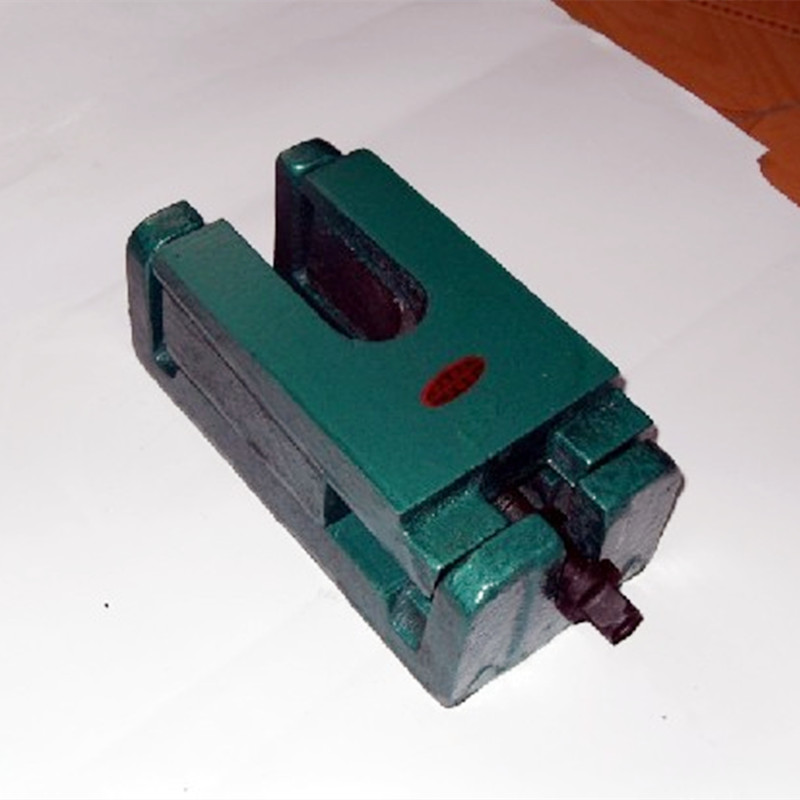تشرینی دووەم . 06, 2024 17:33 Back to list
Different Types and Variations of V-Blocks in Precision Machining
Understanding the Types of V Blocks A Comprehensive Guide
V blocks are versatile and essential tools widely used in manufacturing, metalworking, and various assembly tasks. These precision devices serve as a means of holding and supporting workpieces, particularly in machining and inspection processes. The unique V-shape of these blocks is designed to facilitate the accurate positioning and alignment of cylindrical objects, making them an invaluable asset in workshops and production floors. In this article, we will explore the different types of V blocks available, their features, applications, and how to choose the right one for your needs.
1. Standard V Blocks
The standard V block is the most common type, characterized by its simple design featuring a V-shaped groove. Typically made from hardened steel or aluminum, these blocks are used primarily for holding cylindrical objects during machining or measuring processes. They provide an excellent level of stability and precision, making them ideal for tasks such as drilling, milling, and grinding. Standard V blocks usually come in various sizes to accommodate different workpiece diameters.
2. Magnetic V Blocks
Magnetic V blocks combine the benefits of traditional V blocks with the added feature of built-in magnets. These blocks can adhere to ferromagnetic surfaces, providing a secure hold for small workpieces during machining processes. Magnetic V blocks are particularly useful in situations where clamps may be cumbersome or when workpieces need to be accessed from different angles. They allow for greater flexibility and ease of use, significantly improving the efficiency of the manufacturing process.
3. Adjustable V Blocks
Adjustable V blocks offer the ability to modify the width of the V-groove, making them suitable for a range of cylindrical objects. This type of V block typically includes knobs or screws that allow operators to expand or contract the V shape as needed. This feature is particularly advantageous when working with materials of varying diameters or when projects require a higher degree of customization. Adjustable V blocks ensure a secure grip on diverse workpieces while maintaining precise alignment.
4
. Split V Blockstypes of v block

Split V blocks are designed with a unique two-part configuration that allows for enhanced versatility in securing workpieces. These blocks can accommodate larger or irregularly shaped items, as they can be adjusted to fit around the object being held. Split V blocks are commonly used in applications requiring high precision, such as optical inspection, where the workpiece must be aligned accurately for measurement. The ability to customize the V block's shape provides flexibility necessary for complex tasks.
5. V Block Sets
For those needing multiple V blocks for various applications, V block sets offer a comprehensive solution. These sets typically include several blocks of different sizes, including standard, magnetic, and adjustable variants. Having a complete set allows operators to tackle a wider range of projects without needing to purchase individual blocks. V block sets are ideal for busy workshops or educational settings where different tasks are routinely performed.
Choosing the Right V Block
When selecting a V block for your specific application, several factors must be considered
- Material Choose blocks made from high-quality materials, such as tool steel or aluminum, for durability and precision. - Size and Shape Consider the dimensions of the workpieces you will be working with. Different sizes may be required for larger or smaller objects. - Application Requirements Evaluate the specific tasks you need the V blocks for, whether they involve high precision machining or general assembly. - Magnetic Features Decide if magnetic features are beneficial for your operations, especially when working with small metal parts.
Conclusion
Understanding the various types of V blocks and their applications can significantly improve workflow efficiency and precision in machining and manufacturing environments. Whether you choose standard, magnetic, adjustable, or split V blocks, the key is to ensure they meet the specific requirements of your tasks. With the right V blocks, you can facilitate accurate measurements and alignments, ultimately leading to enhanced productivity and quality in your work.
-
thread-plug-gauge-our-promise-of-measurement-excellenceNewsAug.22,2025
-
gauge-pin-class-reflecting-quality-legacyNewsAug.22,2025
-
check-valve-types-for-high-rise-buildingsNewsAug.22,2025
-
water-control-valve-for-irrigation-systemsNewsAug.22,2025
-
gate-valve-with-soft-seal-technologyNewsAug.22,2025
-
y-type-strainer-for-oil-and-gas-applicationsNewsAug.22,2025
Related PRODUCTS









